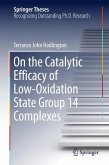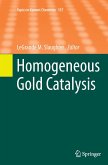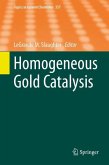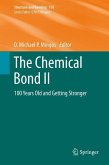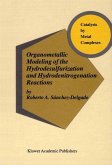This thesis addresses the coordination chemistry and reactivity of copper and gold complexes with a focus on the elucidation of (i) the metal-mediated activation of s-bonds and (ii) the migratory insertion reaction. Both processes are of considerable importance in organometallic chemistry, but remain elusive for Cu and Au complexes. In this work, the author contributes significant advances: The first s-SiH complexes of copper are experimentally and computationally characterized, yielding valuable insights into s-bond activation processes for copper. Evidence for a highly unusual migratory syn insertion of unsaturated organic molecules into the gold-silicon bond of silylgold (I) complexes is provided and the corresponding mechanism identified. The intermolecular oxidative addition of s-SiSi, s-CC and s-CX (X=halogen) bonds with molecular gold (I) complexes is studied in detail, effectively demonstrating that this reaction, usually considered to be impossible for gold, is actually highly favored, provided an adequate ligand is employed. The use of small-bite angle bis (phosphine) gold (I) complexes allows for the first time the oxidative addition of s-CC and s-CX bonds for gold (I). These results shed light on an unexpected reactivity pattern of gold complexes and may point the way to 2-electron redox transformations mediated by this metal, opening up new perspectives in gold catalysis.



